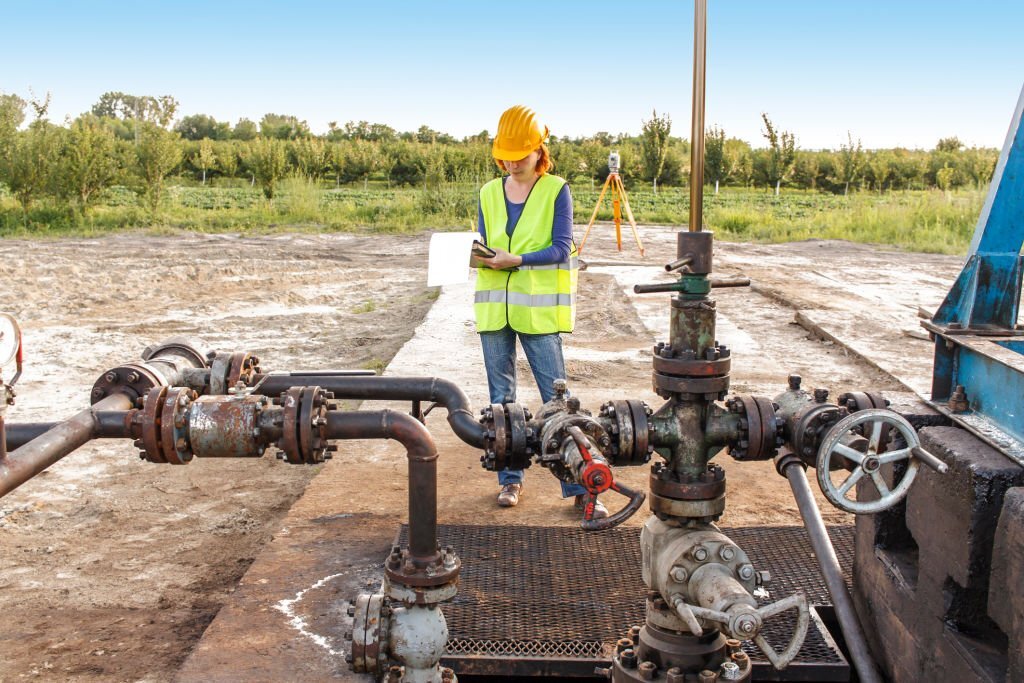
Introduction
The oil and gas industry, vital to global energy production, faces critical environmental considerations. As oil and gas equipment plays a central role in exploration, extraction, and refining processes, its environmental impact is a focal point of concern. Ecosystem disruption, greenhouse gas emissions, and water resource management are among the complex challenges faced by the sector. This article provides an extensive analysis of the environmental considerations associated with oil and gas equipment, shedding light on the industry’s efforts to balance energy demands with environmental responsibility.
1. Exploration and Its Ecological Footprint
1.1 Habitat Disruption
Exploration activities often entail habitat destruction, affecting ecosystems and biodiversity. Clearing land for drilling pads, seismic surveys, and access roads can fragment habitats and disrupt native species.
1.2 Soil and Vegetation Impact
The disturbance of soil and vegetation during exploration can lead to erosion, soil compaction, and loss of fertile topsoil. These impacts affect soil quality and can result in downstream sedimentation.
1.3 Mitigation Measures
Environmental impact assessments and habitat restoration efforts are crucial for minimizing exploration’s ecological footprint. Companies are increasingly adopting best practices to mitigate the disturbance caused by their operations.
2. Extraction and Greenhouse Gas Emissions
2.1 Methane Emissions
Methane, a potent greenhouse gas, is released during extraction and transportation processes. Leaks from equipment, pipelines, and flaring contribute to methane emissions, exacerbating global warming.
2.2 Carbon Dioxide Emissions
Energy-intensive extraction techniques and transportation processes release significant amounts of carbon dioxide, a primary contributor to climate change.
2.3 Emission Reduction Strategies
Companies are investing in leak detection technologies, upgrading equipment to minimize emissions, and adopting practices like reduced flaring to mitigate greenhouse gas emissions.
3. Water Resource Management
3.1 Water Usage
Oil and gas operations require substantial amounts of water for drilling, hydraulic fracturing, and production. This usage can strain local water resources and impact ecosystems.
3.2 Water Contamination
Potential contamination of water sources from drilling fluids, fracking chemicals, and produced water poses a significant environmental risk.
The industry is exploring water recycling and treatment technologies to reduce freshwater consumption and improve wastewater management.
4. Refining and Air Quality Concerns
4.1 Air Pollutants
Refineries emit pollutants such as sulfur dioxide, nitrogen oxides, and volatile organic compounds, contributing to smog formation, acid rain, and respiratory issues.
4.2 Particulate Matter
Refining processes release particulate matter into the atmosphere, affecting air quality and potentially posing health risks to nearby communities.
4.3 Emission Control Technologies
Advanced emission control technologies, like scrubbers and catalytic converters, are being implemented to minimize air pollutants from refineries.
5. Role of Technology in Environmental Mitigation
5.1 Carbon Capture and Storage (CCS)
CCS technology captures carbon dioxide emissions from industrial processes and stores them underground, preventing their release into the atmosphere.
5.2 Renewable Energy Integration
The integration of renewable energy sources, such as solar and wind, into oil and gas operations reduces reliance on fossil fuels and decreases carbon emissions.
5.3 Advanced Monitoring Systems
Cutting-edge sensor technologies and data analytics enable real-time monitoring of emissions, leaks, and environmental impacts, allowing for swift responses to potential issues.
6. Regulatory Frameworks and International Agreements
6.1 Global Environmental Agreements
International agreements like the Paris Agreement aim to address climate change by setting targets for reducing greenhouse gas emissions and promoting sustainable practices.
6.2 National Regulations
Countries implement regulations that dictate emissions limits, waste management practices, and environmental impact assessments to ensure compliance and responsible operations.
7. Balancing Energy Needs and Environmental Responsibility
7.1 Transitioning to a Low-Carbon Future
The industry is exploring strategies to transition to a low-carbon energy mix, incorporating renewables and adopting sustainable practices.
7.2 Industry Collaboration
Collaboration among industry stakeholders, governments, and environmental organizations is essential for developing innovative solutions that balance energy demands with environmental protection.
7.3 Public Awareness and Advocacy
Increasing public awareness and advocacy play a vital role in holding companies accountable for their environmental impact and driving positive change.
Conclusion
The environmental considerations associated with oil and gas equipment underscore the industry’s responsibility to balance energy production with environmental stewardship. From exploration’s ecological footprint to refining’s air quality concerns, the sector is navigating complex challenges. By embracing technological innovations, adopting sustainable practices, and collaborating with stakeholders, the industry is striving to minimize its impact on ecosystems, reduce greenhouse gas emissions, and ensure a more sustainable energy future. The journey toward environmental responsibility requires a holistic approach that addresses each facet of the oil and gas equipment life cycle, aiming to harmonize energy demands with the imperative of safeguarding the planet.

